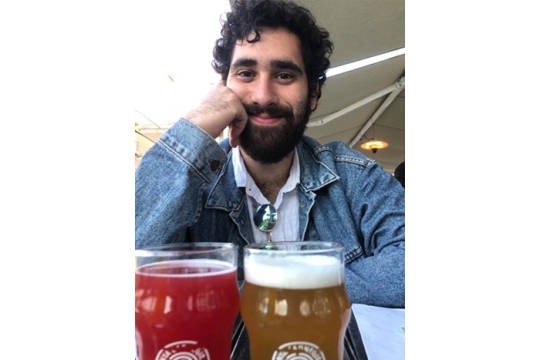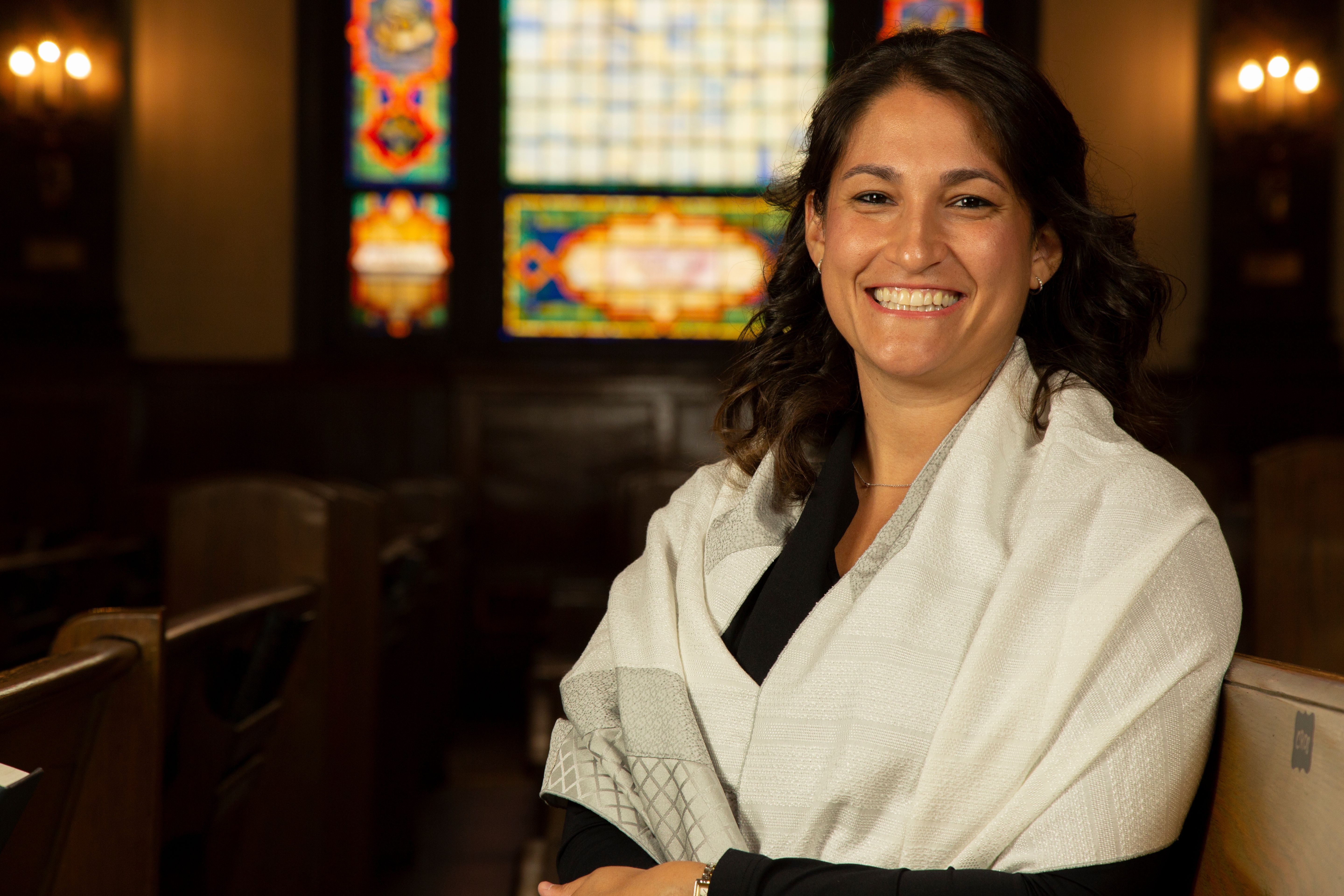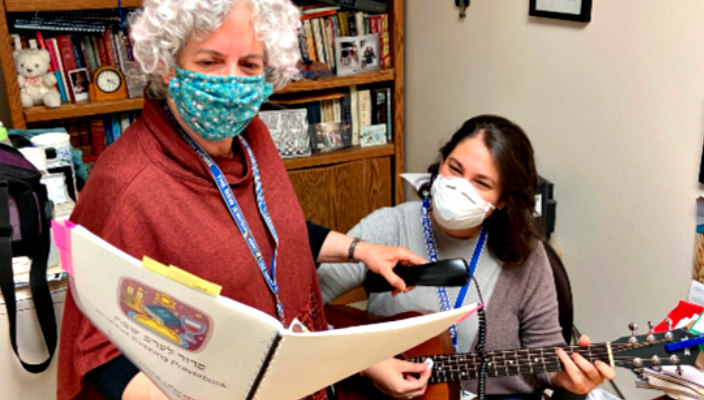
Shabbat observance fulfills a special purpose in nursing home settings. In the residence where I serve as cantor and hospice chaplain, Shabbat marks a unique kind of transition. The week, structured with activities and sessions, makes way for a quieter time of simple togetherness. It also signals the weekend, when spouses, children, and grandchildren, off from work and school, visit their loved ones and provide companionship.
Above all, Shabbat is an anchor that connects people to a past they may fear they’re forgetting and helps shape the identities of those whose lives look different in their new surroundings.
When the COVID-19 pandemic hit New York, nursing homes were among the first to implement concrete safety procedures. Visitors were prohibited from entering the building and outside programs were suspended indefinitely. Survival mode set in, and society’s most vulnerable age group bore the brunt of the virus’ unapologetic moratorium on life as we knew it. In March, residents reeled from the news that they wouldn’t see their families in person for the foreseeable future. Residents whose families lacked access to technology faced the reality that they may not see their loved ones at all.
However, even as structure and routine begin to crumble, ritual observances don’t stop for the virus. As did many generations of Jews before us, we must adapt ritual to this unprecedented way of life, and Shabbat services, a mainstay for the home’s residents, necessitated creative adaptation.
The residence’s rabbi and I divided and conquered: We split the eight residential and rehabilitation units in half, each leading four 20-minute Shabbat services. It wasn’t the auditorium-filled crowd we knew, but we were committed to holding space for the residents to pray for their peers – many of whom were suffering from the virus themselves – and for the home’s indefatigable staff members who were working around the clock to save lives.
I missed the communal energy once synonymous with our services but felt grateful to see new faces as the weeks wore on. Residents of all faiths joined in and sang along as they learned the words. Together, we prayed with new gusto Mi Shebeirach L'Cholim, the Jewish prayer for healing, as residents directed their prayers of healing beyond the home to others – even children – who now knew the all-too-familiar struggle of tenuous health.
April ushered in a new reality. With COVID-19 cases spiking nationally, the home’s policies quickly tightened, and even 20-minute services in small groups were too risky. We moved Shabbat services to our office, broadcasting our now eight-minute “Shabbat Highlights” service throughout the entire facility over the PA system. We sang familiar melodies and shared readings that promised the possibility of joy. With residents confined to their rooms and us behind a phone receiver, connecting with people was a new challenge. We didn’t know if people could hear us, let alone if they were listening.
But then the emails started coming. It wasn’t just the residents, but staff of all faiths who paused each Friday from 3:30 to 3:38pm to listen to our service, to channel messages of resilience, and to give themselves permission to pray. They emailed each week asking, “Can we do this even after the pandemic is over?” These new and eager voices formed a welcome chorus as Shabbat’s gift of spiritual recovery began to make its way beyond the Jewish community of the residence.
May and June added a dynamic that hit hard, and our services began to take the shape of the additional struggles of the moment. We now prayed not only for a virus-stricken country but for the social diseases of racism and white supremacy and for the spiritual healing of our nation. We projected messages that stirred the soul to hope. Even with residents still in their rooms and staff protected behind layers of PPE, there was a perceptible, renewed solidarity in the residence. No longer a COVID-19-specific pact of “We’ll get through this together,” it was now “Whatever the this is, we’ll get through it together.”
In awe of this newly realized communal strength, I look back to March and to how afraid I was to lose our sense of Jewish time to the timelessness of the stretch ahead. When COVID-19 devastated our sense of normalcy, I feared we’d lose the spark of Shabbat. Now, three months later and behind a loudspeaker, our tradition’s power to anchor, to unify, and to heal is more evident than ever.
When we’re able to convene groups in the auditorium again, I hope that those who found meaning in Shabbat over the loudspeaker will bring their energy and prayer to our holy in-person community too. We’ll continue to hold space, each other, and prayer in our hearts as we celebrate our sacred tradition and share it with those who’ve come to know its gift.
For more content related to Reform Jewish life in the time of coronavirus, visit our page COVID-19: Judaism Under Quarantine.
Related Posts
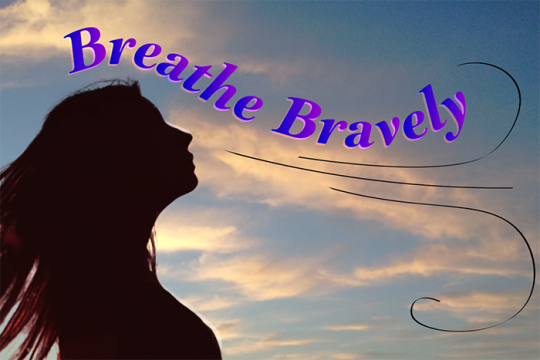
Breathe Bravely
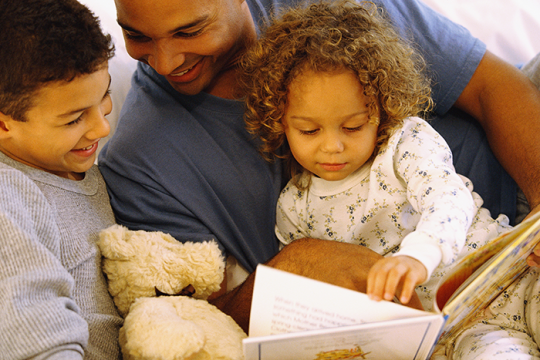
The Importance of Storytelling
